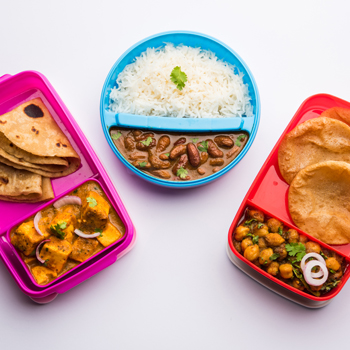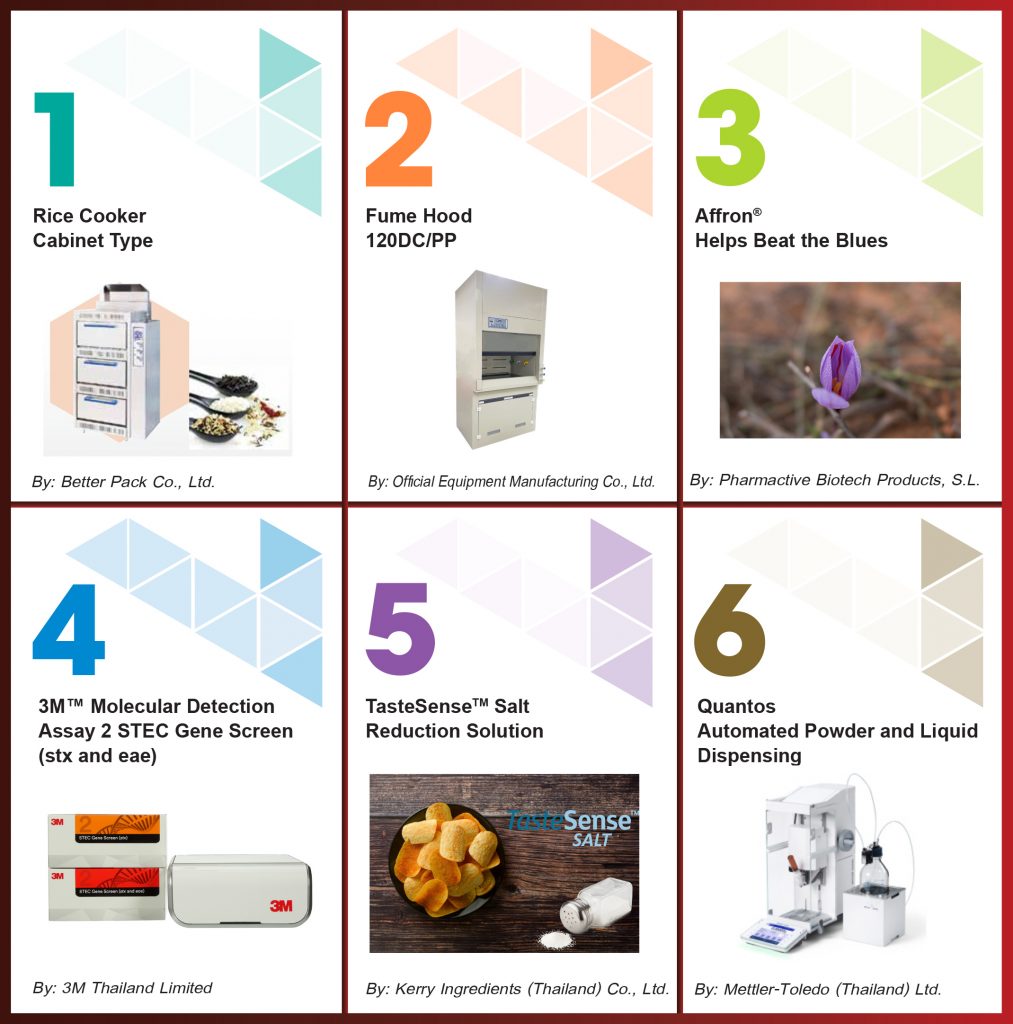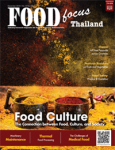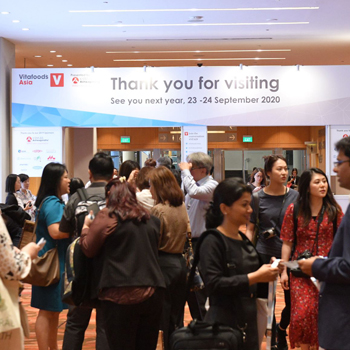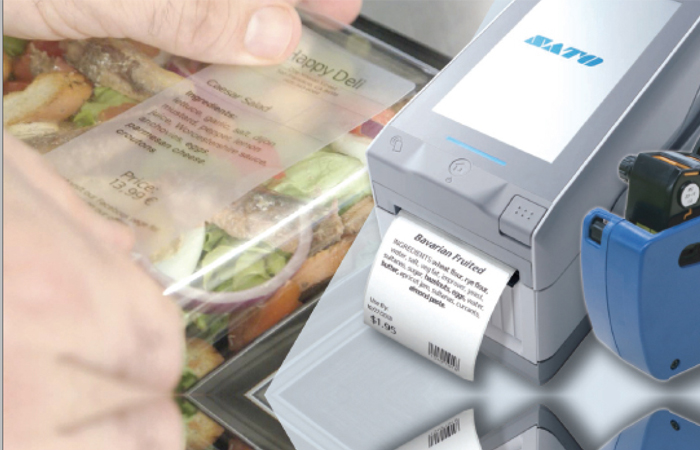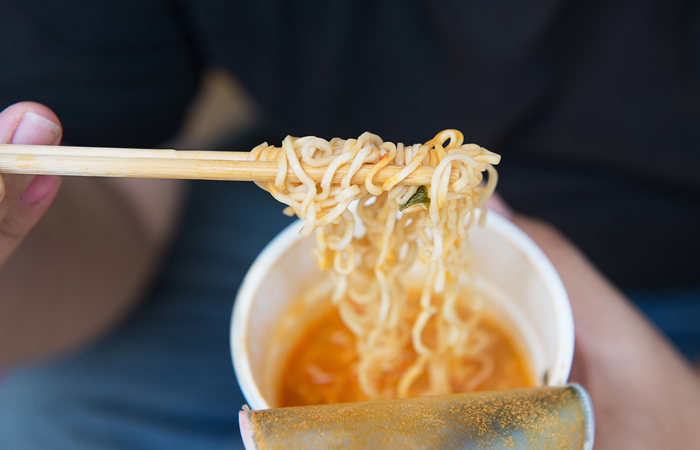
Category: What’s In
Productivity in Packaged Foods…Technology Enhances Automation
Bright Future for the “Free From” Food Movement
10 Food Trends for 2020
Quality at all levels VEGA offers a complete sensor portfolio with compact pressure sensors and level switches for hygienic food production.
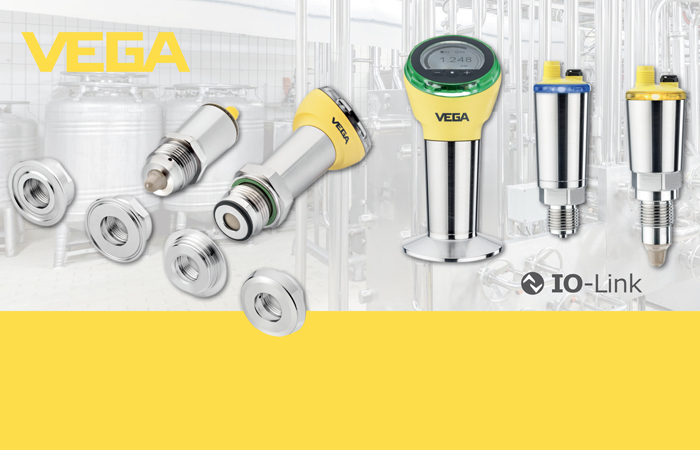
Food production is a matter of trust, and hygiene is the number one priority in the manufacturing process. Success is determined by both the reliability and the efficiency that make flawless production possible – whether during bottling, container filling or CIP cleaning. This makes it all the more important for plant operators to be able to rely fully on the measurement technology employed.
Level and pressure sensors from VEGA have made a name for themselves over many decades for their reliability and longevity. Robust, versatile and easy to use: even under extreme conditions or strict regulations, they provide important inputs for delivering greater plant safety and efficiency.
